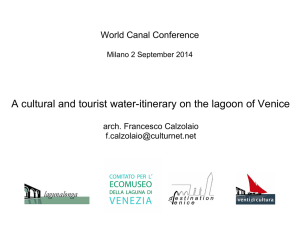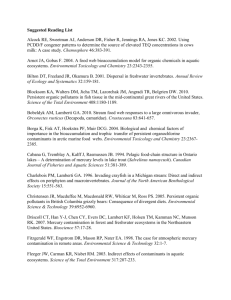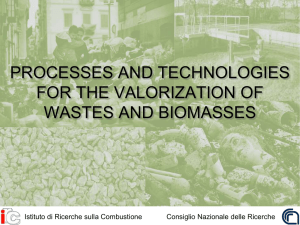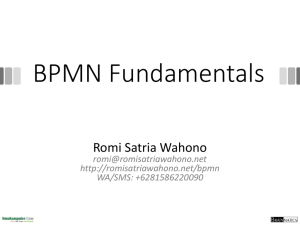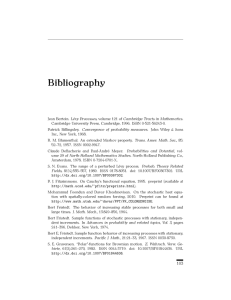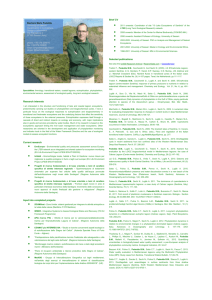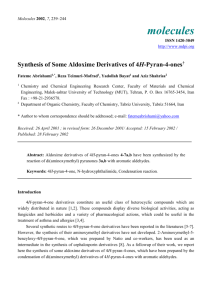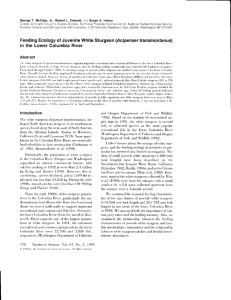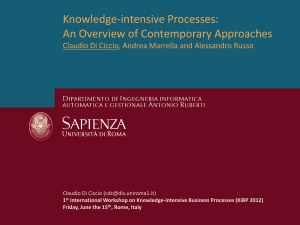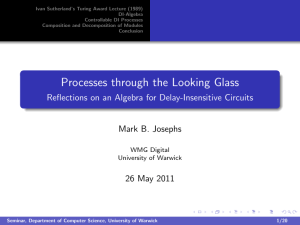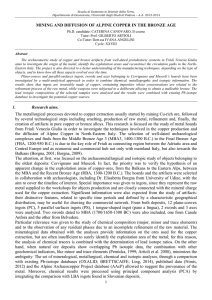XXV Congresso Nazionale della Società Chimica
advertisement
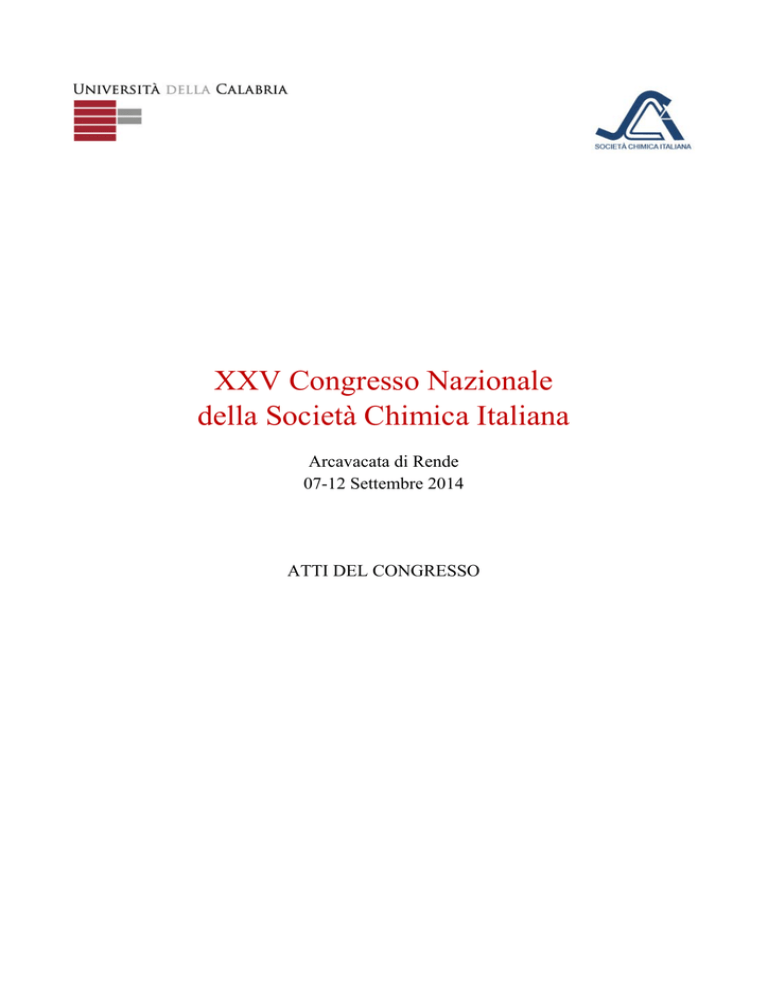
XXV Congresso Nazionale della Società Chimica Italiana Arcavacata di Rende 07-12 Settembre 2014 ATTI DEL CONGRESSO Arcavacata di Rende (CS), 7-12 Settembre 2014 XXV Congresso SCI ANA-O42 Tracing environmental pollution processes in aquatic systems by Hg isotope ratio determination A. Bernia, C. Baschieria, C. Durantea, M.C.Rossia, D. Manzinia, A. Emilib, F. Rampazzoc, D. Bertoc, T. Fortibuonic, S. Noventac, S. Covellib, A. Marchettia a Dipartimento di Scienze Chimiche e Geologiche, Università di Modena e Reggio Emilia, Via G. Campi 183, 41125 Modena, Italy b Dipartimento di Matematica e Geoscienze, Università di Trieste, Via Weiss 2, 34128 Trieste, Italy. c Istituto Superiore per la Protezione e la Ricerca Ambientale, Loc. Brondolo, 30015 Chioggia, Italy alex.berni@unimore.it Mercury stable isotopes are an excellent tool to distinguish among different sources of this element and to investigate its transformation processes in environmental compartments and in food webs. To do this, an highly precise and sensitive method was set up by using a cold vapor generator system (CVG) to introduce gaseous Hg0 into a multicollector ICP-MS spectrometer[1], allowing “dry plasma” measurement conditions to minimize any matrix effect on the obtained results. Instrumental mass bias on measures was accounted by simultaneously monitoring 205Tl/203Tl from the isotopic SRM NIST 997 and applying the correction algorithm proposed by Yang and Sturgeon[2]. This method was applied to the case study of Grado and Marano Lagoon, Italy and of the northern Adriatic Sea. The lagoon has been subjected to Hg input from both industrial waste (chlor-alkali plant) and residues of long-term mining activity (Idrija mine, NW Slovenia) transported by the Isonzo river and marine currents[3]. Mercury isotopic ratios detected on sediments, fish and mollusk tissue samples show both mass-dependent (MDF) and mass-independent (MIF) fractionation phenomena for Hg. With these data, it has been possible to gain a more detailed characterization of the Hg input sources in the lagoon and to gather information on the uptake processes of the element and its derivatives in living organisms. [1] D. Foucher, H. Hintelmann, Anal. Bioanal. Chem., 2006, 384,1470-1478. [2] L. Yang, R. Sturgeon, Anal. Bioanal. Chem. 2009, 393, 377–385. [3] J. Faganeli, M.E. Hines, S. Covelli, A. Emili, M. Giani, Estuar. Coast. Shelf Sci., 2012, 13, 126-132. Pagina 182 di 1083
